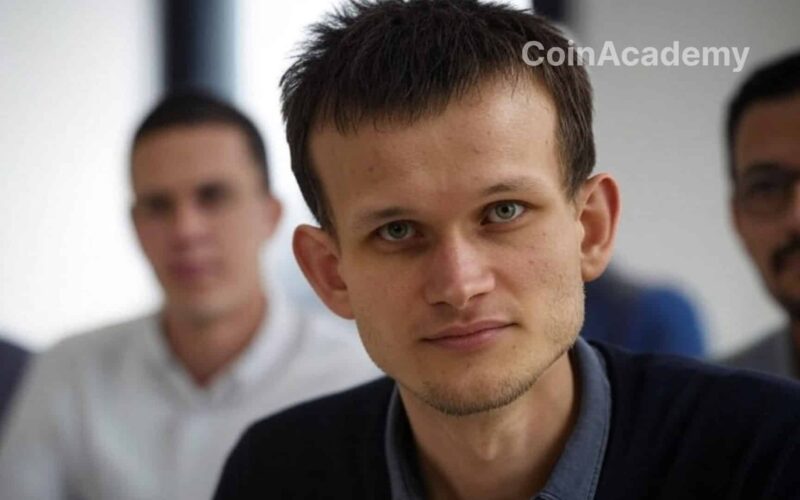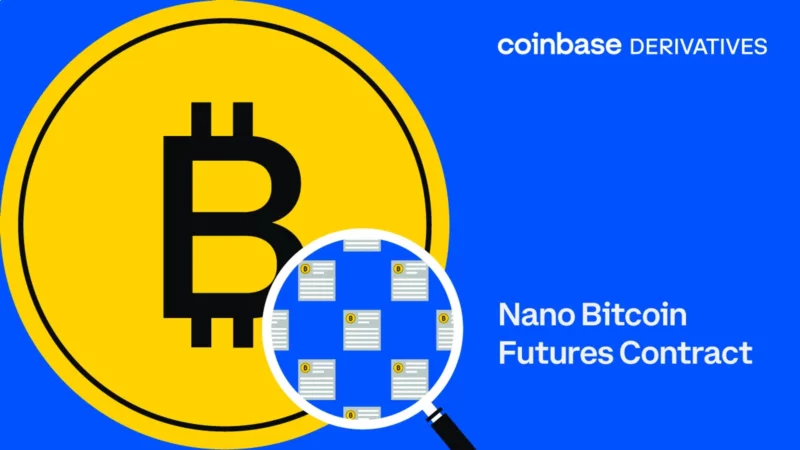Ethereum at risk of being overtaken: Paradigm warns about the slow updates of Ethereum and argues that a faster pace is needed to keep up with more responsive blockchains like Solana and Sui.
Historically, Ethereum has delivered about one major change per year. Ethereum can do more.
Ethereum has always been at the forefront of crypto innovation, introducing smart contracts, DeFi, and DAOs. However, despite its influence, the development pace of the protocol seems to be slowing down. In a recent article, Paradigm, behind the Reth client used by major Layer 2 (L2) solutions, highlights the need for Ethereum to accelerate its updates in order to not lose ground to more centralized solutions like Solana or Sui.
While Ethereum was able to develop rapidly in its early days – the first version of the protocol was deployed in under two years – the current evolution process is much slower. The network implements around one major update per year, a pace deemed inadequate by Paradigm to meet the growing market demands.
The risk of dangerous ossification
Some believe that slowing down updates is necessary to ensure the stability and decentralization of the network. This idea, often referred to as ‘ossification’, is based on the assumption that limiting changes in the protocol will protect its integrity. But Paradigm warns that such an approach would endanger Ethereum.
If Ethereum does not progress fast enough, applications and users may turn to more responsive but less decentralized blockchains. Paradoxically, ossification could even reinforce centralization by limiting the network’s ability to adapt to market developments, especially regarding L2 solutions and MEV (Maximal Extractable Value) management.
Solutions to accelerate the deployment of innovations
Paradigm identifies several avenues to accelerate Ethereum’s evolution without compromising its founding principles.
1. Rethinking client governance
Currently, the diversity of Ethereum clients is a crucial asset for network resilience. However, Paradigm believes that each client should not have a veto power over updates. Instead of following a model where the most conservative client dictates the pace, Ethereum could adopt an approach where multiple clients are ready for each update, without any of them being able to block the whole process.
2. Optimizing development processes
The decision-making process of the All Core Devs group, which brings together developers working on Ethereum, could be improved to avoid unnecessary delays. Tim Beiko, a key figure in Ethereum development, has recently suggested improvements in this regard during a Consensus Layer call.
Allocate more resources to DevOps and testing so that we can confidently deliver major improvements more often – while preserving the reliability Ethereum is known for.
3. Investing more in DevOps and testing
One of the main reasons for the slow update pace is the need for thorough validation to ensure network reliability. Paradigm proposes allocating more resources to testing and DevOps infrastructure, allowing for more frequent improvements without compromising security.
Major technical advancements awaiting
Ethereum has no shortage of potential innovations, but their implementation is slowed down by the current pace. Paradigm highlights several priority areas:
- Scaling L2: Rollups must be able to plan their growth effectively, especially through improvements like PeerDAS and data blob-specific hard forks (post-EIP-4844).
- Scaling Ethereum L1: Optimizing opcodes and securely increasing the gas limit are solutions that would improve the performance of the base layer without increasing node burden.
- Improving user experience with Account Abstraction: Additional efforts on sponsored transactions and reducing dependence on private keys could significantly enhance the user experience.
Paradigm’s commitment to accelerating Ethereum
Paradigm does not only propose ideas but actively engages in their implementation. With its Reth client, designed to avoid being a limiting factor in Ethereum’s roadmap, Paradigm aims to accelerate the adoption of future updates.
Simultaneously, Paradigm is working on several Ethereum Improvement Proposals (EIPs), including EIP-7862, which brings uncontroversial improvements compatible with the rest of the protocol’s development. The team also supports fundamental tools like Foundry, Alloy, Solar, Revm, Wagmi, and Viem, facilitating user and developer adoption of protocol advancements.
Ethereum must accelerate to avoid being overtaken
For Paradigm, the priority is clear: Ethereum must accelerate its development to fully explore its capabilities before debating compromises on its core values. A faster pace of innovation would eliminate many artificial dilemmas by adopting a more ambitious and proactive approach.
If Ethereum wants to remain the reference for decentralized blockchain and prevent its community from migrating to faster solutions, it is imperative to embrace a more dynamic and efficient approach to protocol development.




